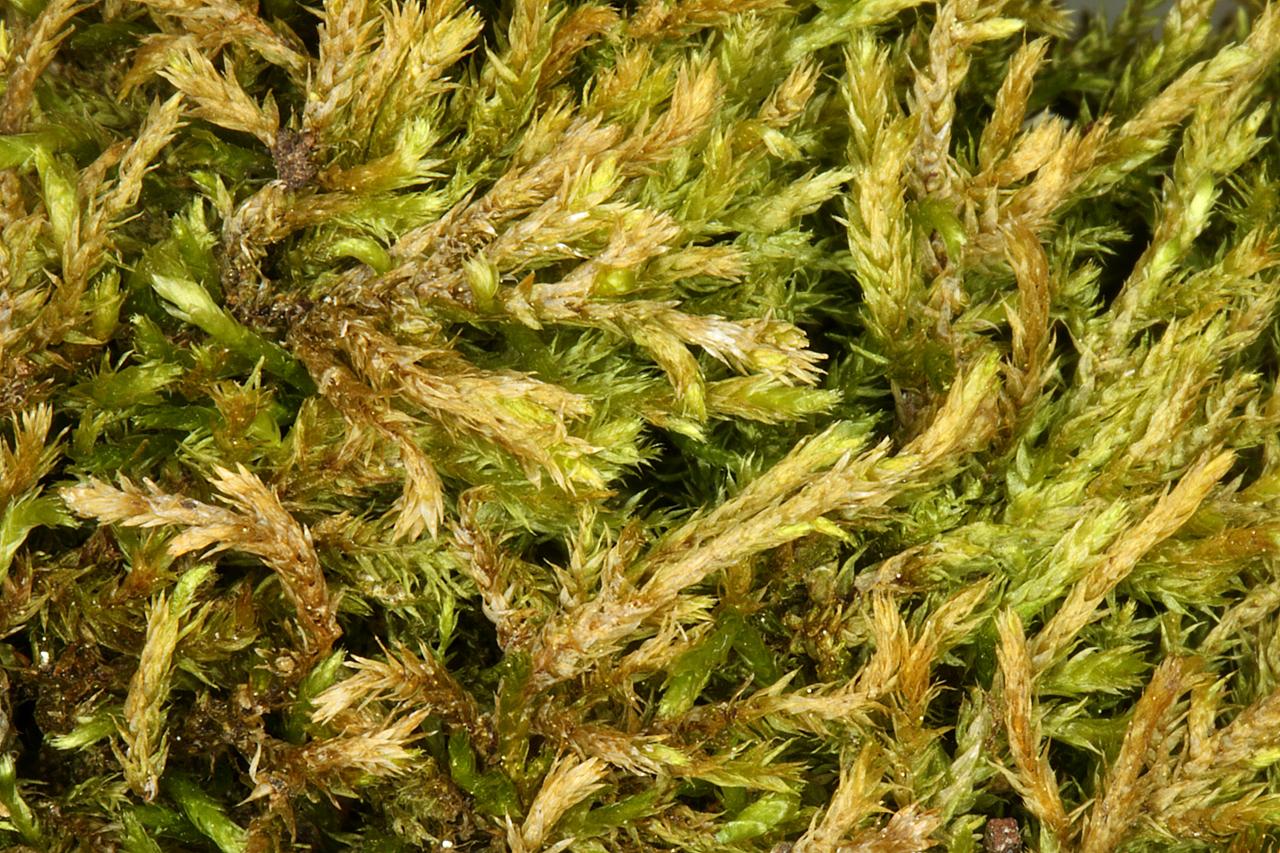
brachythecium_rivulare.jpg from: https://soe.wnmu.edu/academic/nspages/gilaflora/brachythecium_rivulare.html
Exploring the Fascinating World of Brachythecium rivulare var. gracile Broth. Moss
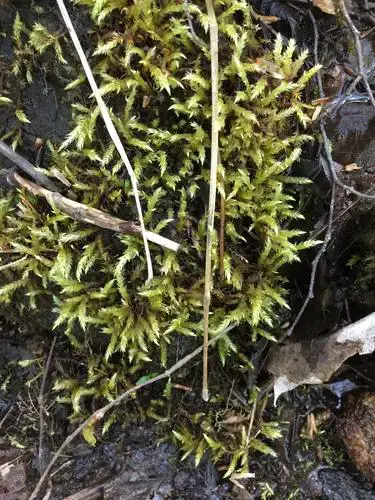
medium.jpg from: https://www.inaturalist.org/taxa/159405-Brachythecium-rivulare
Introduction
Mosses are often overlooked, but they play crucial roles in ecosystems around the world. One particularly interesting species is Brachythecium rivulare var. gracile Broth., a moss in the Brachytheciaceae family. In this blog post, we’ll dive into the details of this fascinating bryophyte.
Background on Brachythecium Mosses
The genus Brachythecium contains over 300 species of mosses found worldwide. They are pleurocarpous mosses, meaning they produce sporophytes on short side branches rather than at the tips of the main stems. Brachythecium mosses often grow in mats or cushions on various substrates like soil, rocks, logs, and tree bases.
Morphology and Identification
B. rivulare var. gracile
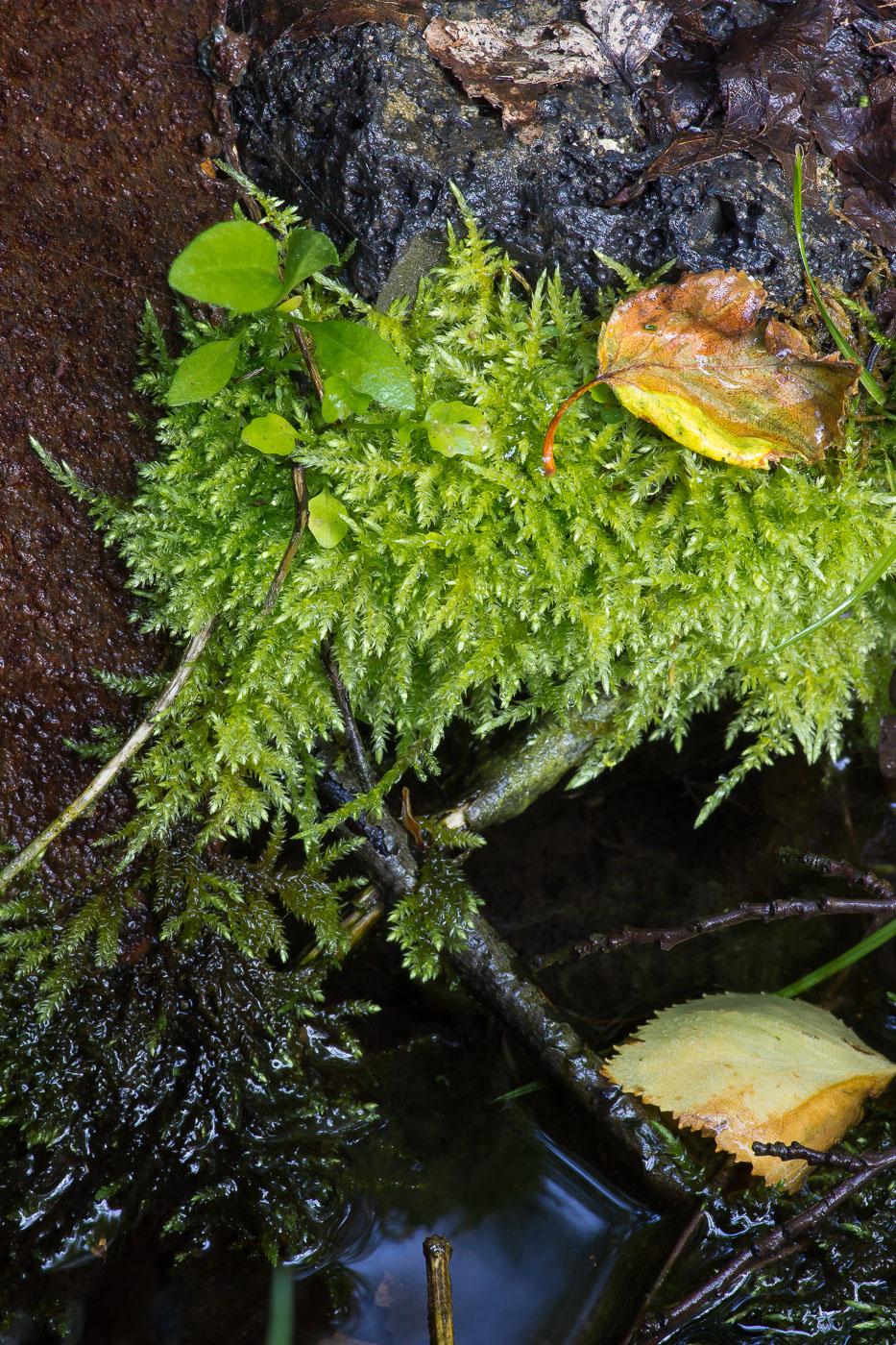
541626_1c4475ba.jpg from: https://www.plantarium.ru/page/image/id/541626.html
has slender stems that are irregularly branched. The leaves are ovate-lanceolate and have a single costa (midrib) that extends 1/2 to 3/4 the length of the leaf. The leaf margins are serrated, especially near the leaf tips. Sporophytes have curved capsules on long setae.
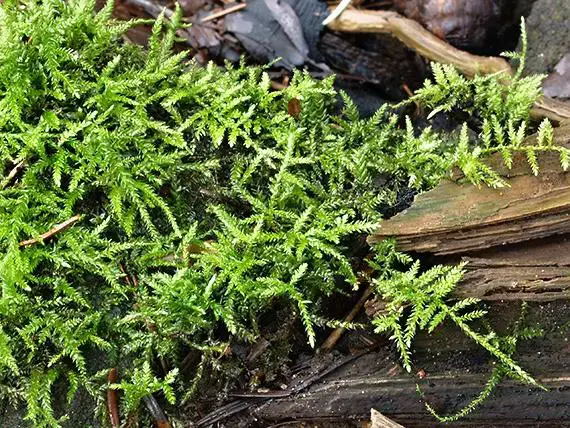
pavol_keselak_186740.jpg from: https://www.nahuby.sk/obrazok_detail.php?obrazok_id=186740
This moss can be tricky to identify in the field because it closely resembles other Brachythecium species. Microscopic examination of leaf shape, costa length, and serration is often needed for a definitive ID. However, its slender habit and preference for wet habitats can provide clues.
Global Distribution and Habitat
B. rivulare var. gracile has a wide distribution, being found in North America, Europe, Asia, and Africa. As its name suggests, it prefers wet habitats like stream banks, seeps, wet rocks and logs, and moist forest floors. It is often a dominant species in bryophyte communities along woodland streams.
Ecological Roles and Adaptations
Like other mosses, B. rivulare var. gracile plays important ecological roles:
- Helps retain moisture and stabilize soil/sediment
- Provides habitat for micro-organisms and invertebrates
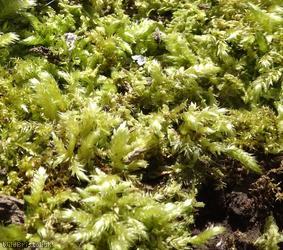
210324151004_DSC08688.JPG.small.JPG from: https://wildbristol.uk/groups/ferns-horsetails-mosses-liverworts/river-feather-moss/
- Pioneers disturbed sites and aids succession
- Involved in nutrient cycling and carbon storage
Its mat growth form and rhizoids help it cling to substrates in flowing water. The costa and thick-walled cells lend support while still allowing water and nutrient uptake. Asexual reproduction via fragmentation allows it to spread locally.
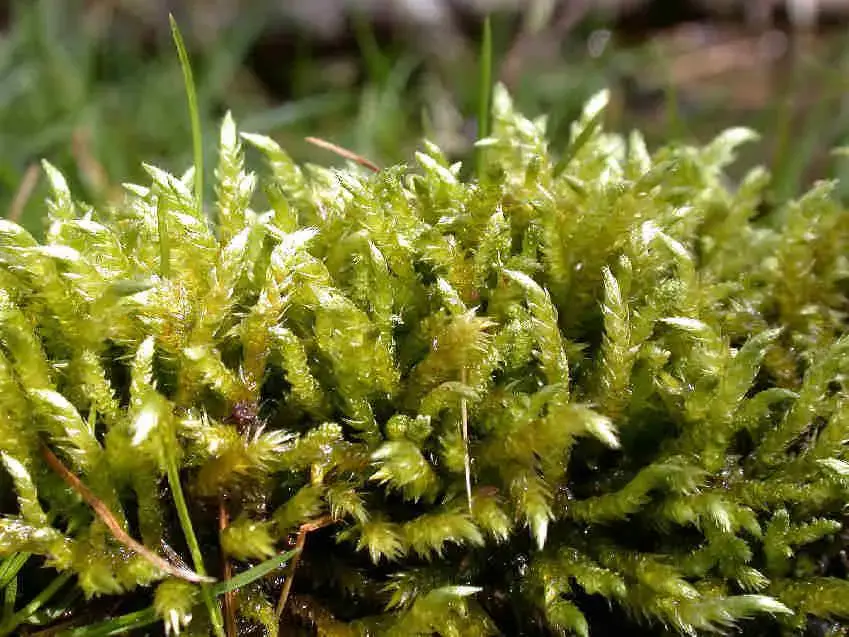
Brachythecium_rivulare_009C.JPG from: https://cisfbr.org.uk/Bryo/Cornish_Bryophytes_Brachythecium_rivulare.html
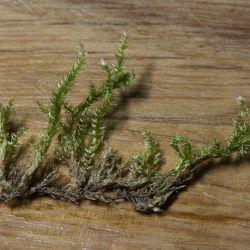
t_27643deb7ff54c4aa897358e8d839888.jpg from: https://www.asturnatura.com/fotografia/flora/brachythecium-rivulare-3/32754.html
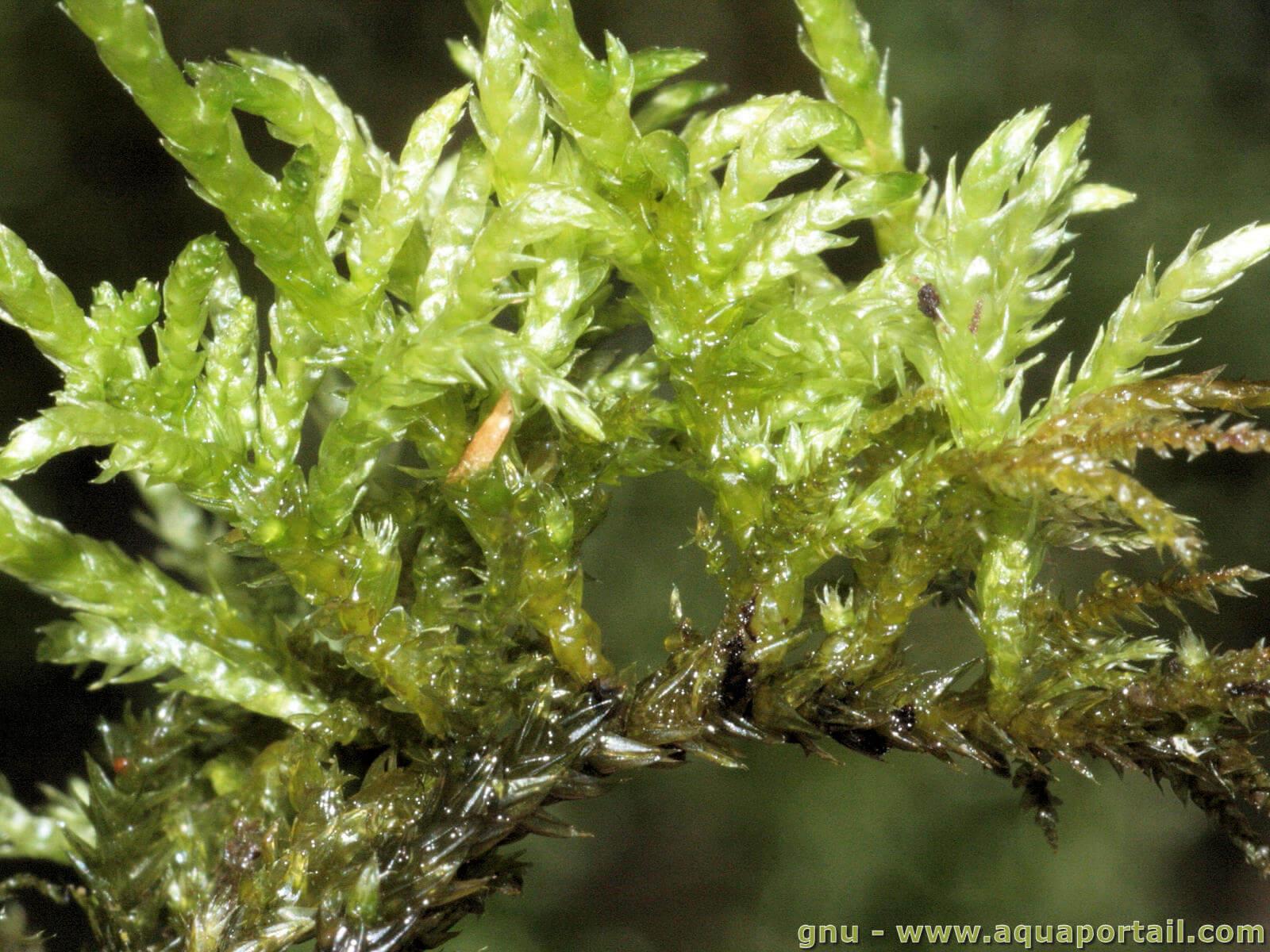
brachythecium-rivulare.jpg from: https://www.aquaportail.com/genre-brachythecium-625.html
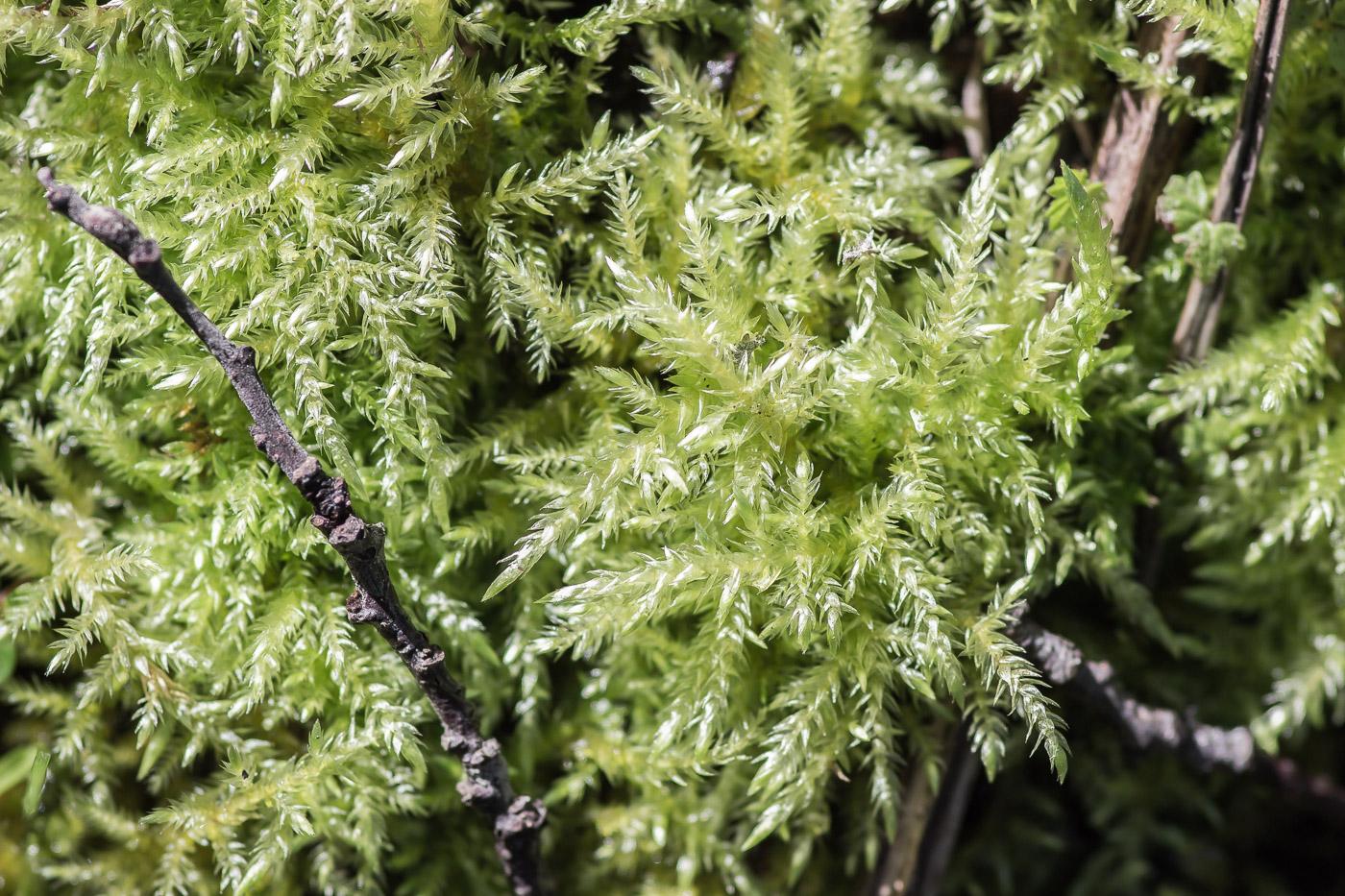
541628_a066f597.jpg from: https://www.plantarium.ru/page/image/id/541628.html
| Characteristic | Description |
|---|---|
| Genus | Brachythecium |
| Species | B. rivulare var. gracile |
| Family | Brachytheciaceae |
| Class | Bryopsida |
| Phylum | Bryophyta |
| Growth Form | Pleurocarpous, matted |
| Habitat | Wet, riparian |
| Distribution | Wide: N. America, Europe, Asia, Africa |
Conclusion
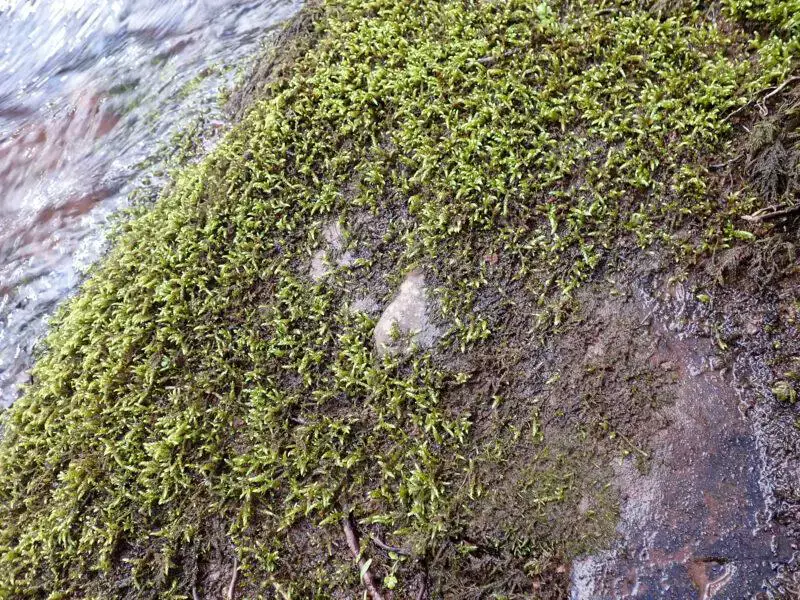
2021-03-06-15-02-34-800×600.jpg from: https://www.britishbryologicalsociety.org.uk/learning/species-finder/brachythecium-rivulare/
Brachythecium rivulare var. gracile is a widespread and ecologically important moss of wet habitats. Its ability to thrive in challenging conditions and perform vital ecosystem services makes it a fascinating species to study and appreciate. Next time you’re by a woodland stream, take a closer look – you might just spot this marvelous moss! What other riparian bryophytes have you encountered?